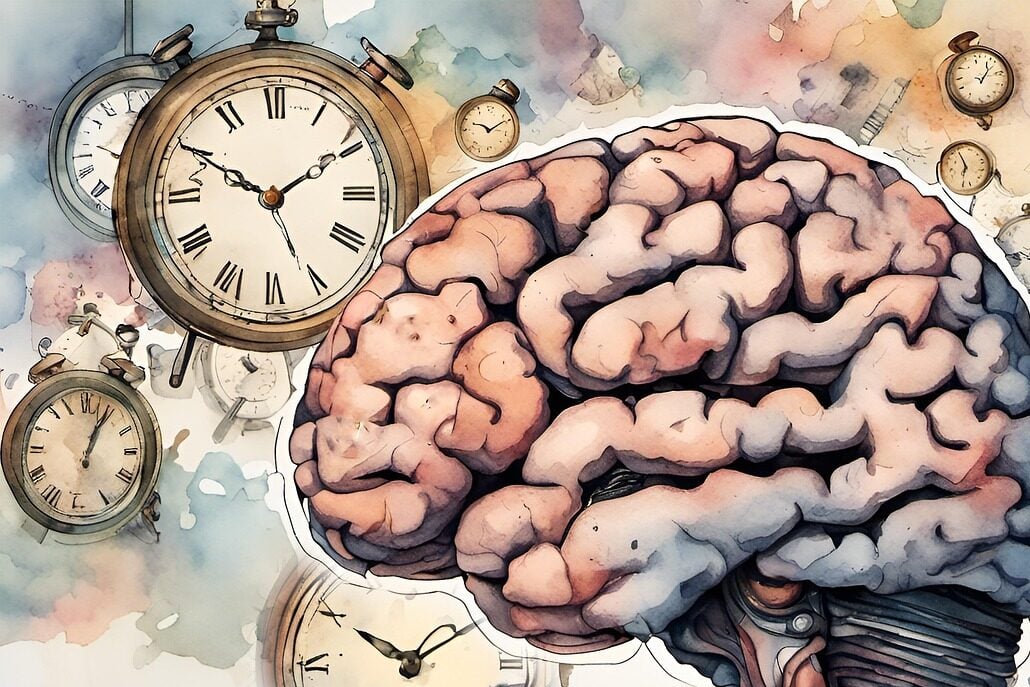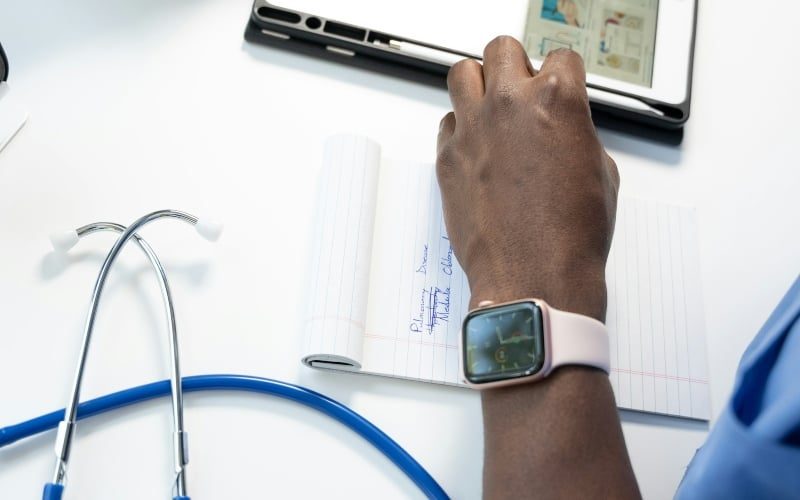An unidentified man was left completely paralyzed after suffering from degenerative amyotrophic lateral sclerosis, commonly known as Lou Gehrig’s disease, and now he’s getting a chance to communicate for the very first time in years.
The man was diagnosed back in 2015 and quickly developed locked-in syndrome. According to the National Center for Advancing Translation Services, locked-in syndrome is a “rare neurological disorder characterized by complete paralysis of voluntary muscles, except for those that control the eyes.”
While the man was initially able to communicate with his loved ones using his eyes, he lost the ability to move them by the end of 2016.
Photo: Pixabay/Rafael SampaioWith no movement capabilities left, the man was left completely unable to communicate with the outside world. According to a study done on the man, machines allowed the man to survive, by feeding him and controlling his breathing.
Researchers experimented on the man using a brain implant to try and allow him to communicate. While the research is still new and slightly controversial, it seems that the implant works! It’s a first in the medical world and could be groundbreaking in the world of medicine.
The study was peer-reviewed and published in the journal Nature Communications. According to the study, the implant was able to read the brain waves of the paralyzed man and translate the waves into words.
 Photo: flickr/NIH Image Gallery
Photo: flickr/NIH Image Gallery The first thing he said? “I would like to listen to the album by Tool loud,” a sentence that was translated from German.
Next, he asked for a beer, something he couldn’t get since he doesn’t have the ability to eat or drink through his mouth.
The third thing he said was that he loved his son.
The work could provide hope for patients’ families that are in a locked-in or vegetable state, but some are worried about the study’s results because of the authors of the study.
 Photo: Wikimedia Commons
Photo: Wikimedia Commons According to the New York Times, the study authors, Niel Birbaumer and Ujwal Chaudhary previously had a similar study retracted because of failure to follow the scientific method. Some suspect the same thing will happen to this new study, but others are hopeful that the results could be revolutionary.
Speaking with STAT News, Chaudhary said that he hopes “this is finally our redemption,” and said they stand by their research.
It’ll be interesting to see what further studies and research reveals on the matter.
Provide Mammograms
Support those fighting Breast Cancer at The Breast Cancer Site for free! →
WhizzcoOriginal Article










